Optical Brighteners For Textile
-
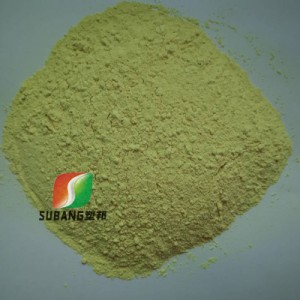
Optical Brightener BA
It is mainly used for the whitening of paper pulp, surface sizing, coating and other processes. It can also be used for the whitening of cotton, linen and cellulose fiber fabrics, and the brightening of light-colored fiber fabrics.
-

Fluorescent Brightener BAC-L
Acrylic fiber chlorinated bleaching processing technology Dosage: fluorescent whitening agent BAC-L 0.2-2.0% owf sodium nitrate: 1-3g/L formic acid or oxalic acid to adjust pH-3.0-4.0 sodium imidate: 1-2g/L process: 95-98 degrees x 30- 45 minutes bath ratio: 1:10-40
-
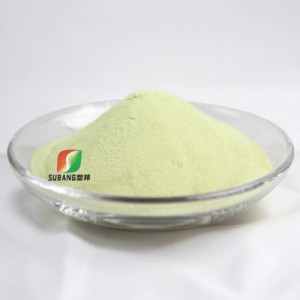
Optical Brightener BBU
Good water solubility, soluble in 3-5 times the volume of boiling water, about 300g per liter of boiling water and 150g in cold water. Not sensitive to hard water, Ca2+ and Mg2+ do not affect its whitening effect.
-
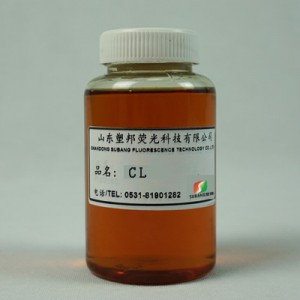
Fluorescent Brightener CL
Good storage stability. If it is below -2℃, it may freeze, but it will dissolve after heating and will not affect the use effect; Compared with similar products, it has the same light fastness and acid fastness;
-
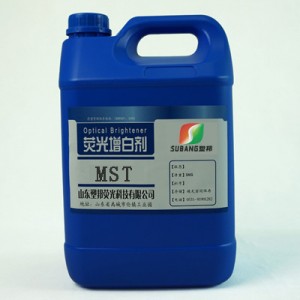
Optical Brightener MST
Low-temperature stability: long-term storage at -7°C will not cause frozen bodies, if frozen bodies appear below -9°C, the effectiveness will not decrease after a little warming and thawing.
-
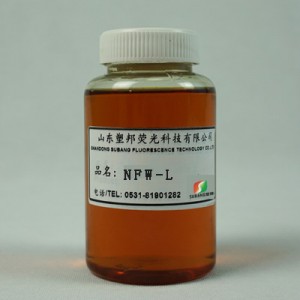
Optical Brightener NFW/-L
For reducing agents, hard water has good stability and is resistant to sodium hypochlorite bleaching; This product has average washing fastness and low affinity, which is suitable for pad dyeing process.
-
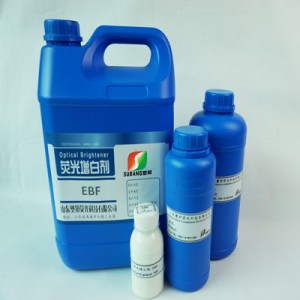
Optical Brightener EBF-L
The fluorescent whitening agent EBF-L must be fully stirred before use to ensure the whiteness and color consistency of the processed fabric. Before whitening the fabrics bleached by oxygen bleaching, the residual alkali on the fabrics must be fully washed to ensure that the whitening agent is fully colored and the color is bright.
-
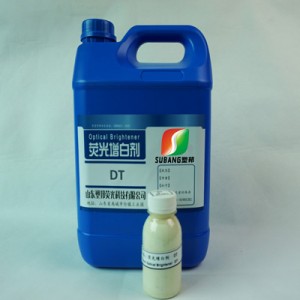
Fluorescent Brightener DT
Mainly used for whitening polyester, polyester-cotton blended spinning, and whitening nylon, acetate fiber and cotton wool blended spinning. It can also be used for desizing and oxidative bleaching. It has good washing and light fastness, especially good sublimation fastness. It can also be used for whitening plastics, coatings, paper making, soap making, etc.
-
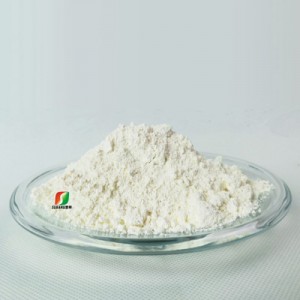
Optical Brightener CXT
Fluorescent brightener CXT is currently considered to be a better brightener for printing, dyeing and detergents. Due to the introduction of morpholine gene into the whitening agent molecule, many of its properties have been improved. For example, the acid resistance is increased, and the perborate resistance is also very good. It is suitable for the whitening of cellulose fibers, polyamide fibers and fabrics.
-
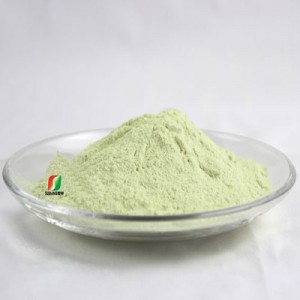
Optical Brightener 4BK
The cellulose fiber whitened by this product is bright in color and non-yellowing, which improves the shortcomings of the yellowing of ordinary brighteners and greatly increases the light resistance and heat resistance of the cellulose fiber.
-

Optical Brightener VBL
It is not suitable to be used in the same bath with cationic surfactants or dyes. The fluorescent whitening agent VBL is stable to the insurance powder. Fluorescent brightener VBL is not resistant to metal ions such as copper and iron.
-
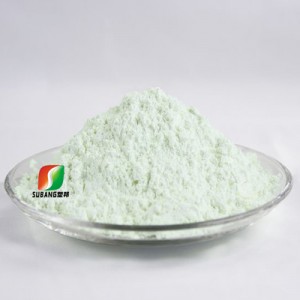
Optical Brightener SWN
Optical brightener SWN is Coumarin Derivatives. It is soluble in ethanol, acidic liquor, resin and varnish. In water, the solubility of SWN is only 0.006 percent. It functions by emitting red light and present purple tincture.
